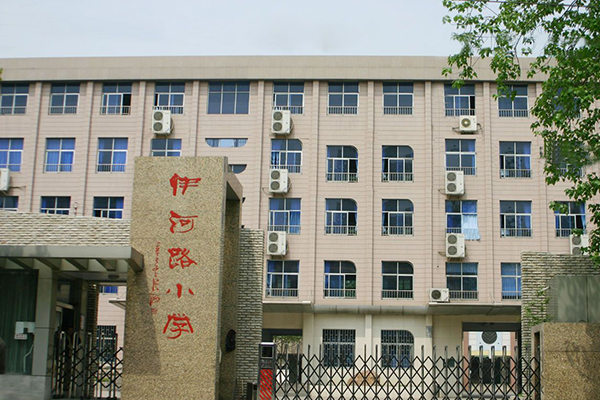反义疑问句的基本结构为:陈述句+简略的一般问句。其中的简略的一般问句通常只用两个词:一个是肯定或否定的be动词、情态动词、助动词,一个是人称代词。那么,情态动词反义疑问句分类及用法有哪些呢?

一、have to反义疑问句
附加疑问用 do 或 have的相应形式 ,用 do 更常见
如:You don’t have to go to school on Sundays ,do you
二、must反义疑问句
1.表示“必须”,附加疑问部分用 mustn’t
如:We must work hard ,mustn’t we
2.表示“有必要”时,附加疑问部分用 needn’t.
如:The teacher must show concern for each pupil ,needn’t he
3.表示“推测”时,附加疑问部分要与陈述部分的谓语动词相呼应.
如:He must be a teacher,isn’t he
4.must + have + done 是对过去情况的推测,当陈述部分没有明确的表示过去的时间状语时,附加疑问要用have的相应形式;当陈述部分有明确的过去时间状语时,附加疑问要用过去时.
如:You must have lived here for a long time ,haven’t you
5.当陈述部分是 must not ,表示“一定不要” 、“禁止”时,附加疑问除用must 外,还可以用may.
如:I must not tell him ,must I ( may I )
三、used to反义疑问句
附加疑问用 usedn’t 或didn’t .但中倾向于后者.
如:There used to be an apple tree in the garden ,didn’t there (usedn’t there )
四、need反义疑问句
附加疑问用 do 或 need ,应该与陈述部分 need 用法相呼应.
如:I needn’t tell you the answer ,need I
五、ought to反义疑问句
附加疑问用ought.,但在美国英语中用should
如:We ought to help each other ,oughtn’t we / shouldn’t we








